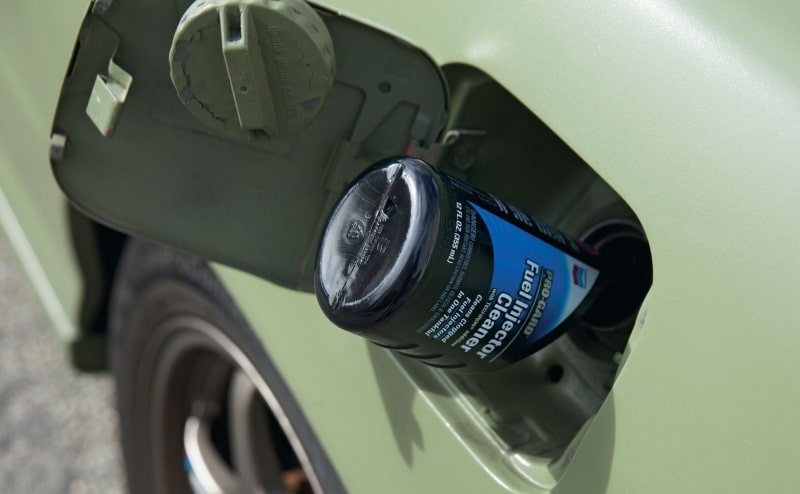Oil Change And Tune Up
- Check & Change the Oil & Filter
- Inspect Your Tires
- Check All Fluid Levels
- Check the Car Battery
- Test Your Brakes
- Replace the Wiper Blades
- Inspect and Change Your Belts
- Replace the Air Filter
- Inspect and Change Your Belts
- Check all the Lights
- Replace the Spark Plugs
- Add Fuel Injector Cleaner
Service prices from:
$ 29.99
Regularly changing your vehicle’s oil is one of the most important things you can do to extend your automobile’s life. It is a practice that is neglected far too often by far too many drivers. The frequency with which you should change your engine’s oil will vary depending on how much you drive, in what kind of conditions you drive, and what kind of vehicle you own. Usually change it for every 5000km mileage. Because of this, it’s best to take your vehicle into our shop where an experienced, accredited, and professional technician can change your oil and advise you on how often your oil should be changed.
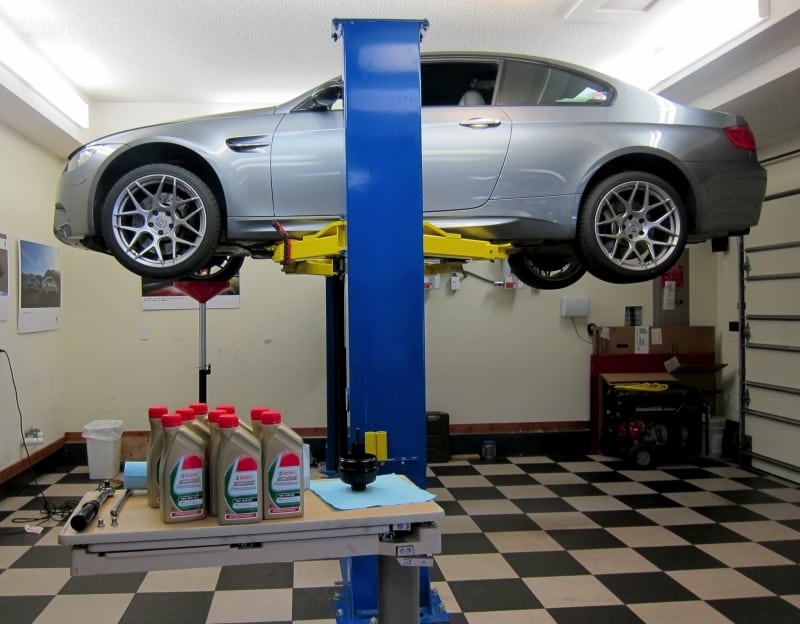
Service prices from:
$49
Not everyone thinks about their tires or tire pressure during their car tune up checklist, but they should. Your safety relies on the quality and health of these rubber circles. No one wants to be broken down on the side of the road because of tire issues.
By regularly inspecting and rotating them, you have less chance of tire failure. Make sure you periodically check the air pressure of your tires. Invest in a pressure gauge and ensure that the pressure in your tires matches what’s on the doorjamb sticker.
It’s also imperative that you examine the wear and replace them as needed. To get more life out of them, you’ll also want to rotate your tires periodically. If you’re going to do this yourself, you’ll need several jack stands. Otherwise, most shops have hydraulic lifts to get the job done faster.
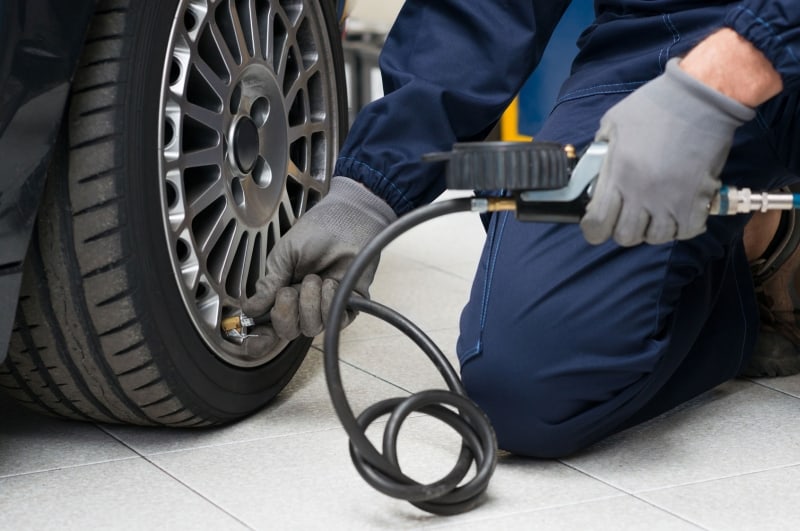
Service prices from:
$ 75
Make sure you check all your other fluid levels as well. This includes the transmission fluid, windshield washer fluid, coolant, and power steering fluid. You don’t just want to ensure they are full, but also clean.
Your transmission fluid dipstick is easily identified, but you could look in the manual if you aren’t sure where to find it. In some automatic transmission vehicles, it’s the only other dipstick other than oil. Other cars have dipsticks for coolant and power steering, so this varies.
Simply remove the stick, wipe it off, and then place it back in the reservoir. Take it out once again and read the level. You want the fluid to be mainly clear with transmission fluid, with a tinge of red. Many manufacturers recommend changing the transmission fluid every 30,000 miles, while others suggest 60,000.
Your brake fluid is found in a white plastic container located inside the engine compartment. It should be clearly labeled and shouldn’t really every need topped off unless you have a leak somewhere. If you notice the fluids going down, it’s critical to have your brake system checked.
Coolant should be examined when the engine is cold. Don’t ever attempt to remove the cap while the engine is hot or radiator fluid will shoot out. If you begin to notice a sweet smell coming through your air vents while driving, it’s possible you have a coolant leak.
Both windshield washer fluid and power steering fluid are also found in the engine compartment. The power steering fluid shows different levels for a hot or cold engine, so make sure you examine the appropriate one. While the wiper fluid isn’t essential to a longer life, it does extend the life of your wipers.
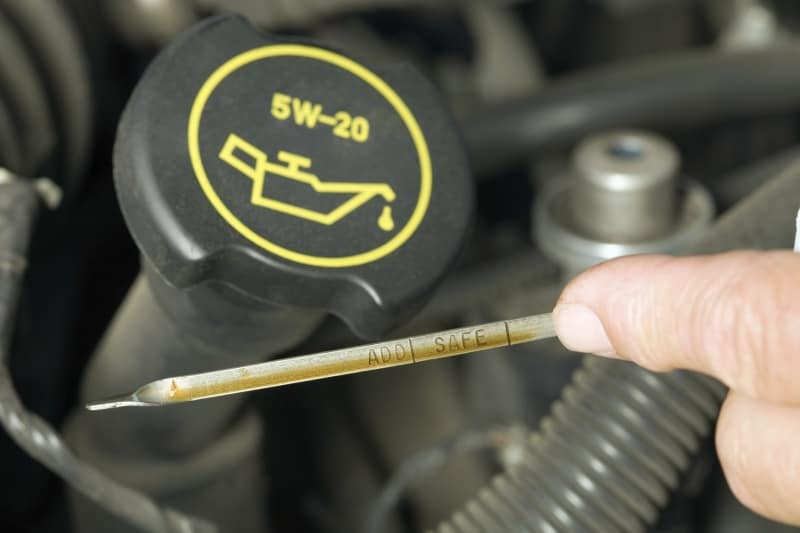
Service prices from:
$ 49
Take time to inspect your battery at regular intervals. You want to look for signs of wear and corrosion. Terminals often become caked with build up which causes issues for the contact points. This might lead to trouble starting the car over time. If you begin noticing difficulty starting, you may want to examine the contact points.
Clean them off with an old toothbrush, baking soda, and water. If you need to, it’s also simple to loosen the bolts holding them in place and clean out underneath them.
Many people wonder how often the car battery should be replaced. Generally speaking, a car battery should last you four to five years.
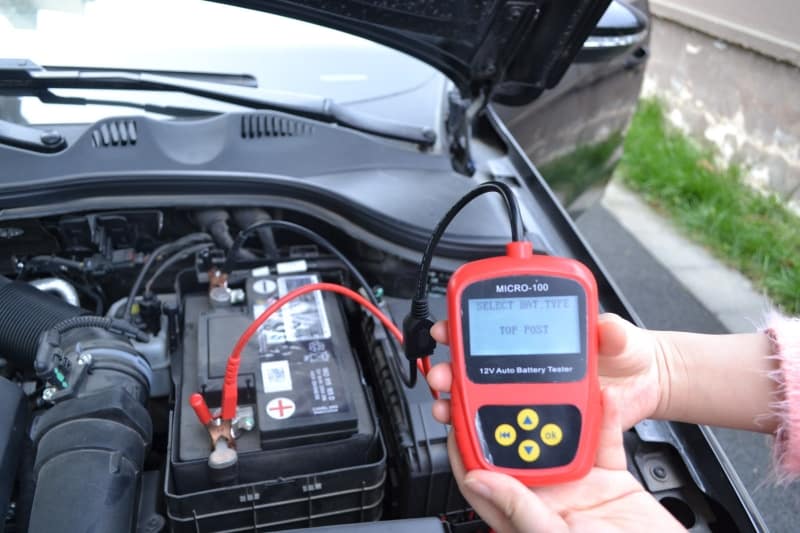
Service prices from:
$ 49
Every now and then, you want to test out your brakes. When you are on an empty road with no one around, pump your brakes at a slow speed to see how they respond. They should initiate right away and the ABS needs to engage properly.
If you notice any squeaking, grinding, or delay in action, it might be time to replace your brake pads. Don’t take chances with your brake system. Sometimes you’ll need to change your brake pads every 50,000 miles. With that said, some need to be replaced after 25,000 miles while others are still going strong at 70,000 miles. Brake pad wear is going to vary greatly depending on what brand you purchase and your driving habits.
The only way to be sure is to check them yourself and change as needed.
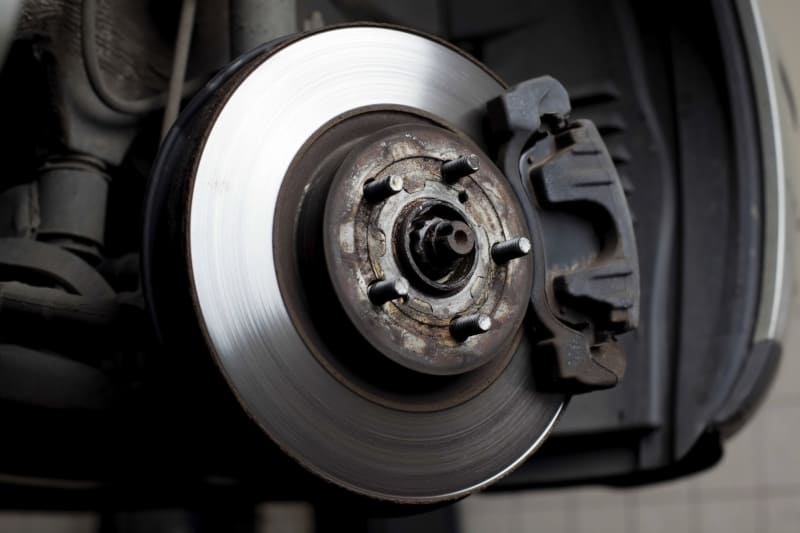
Service prices from:
$ 49
Part of your car tune up checklist should include your wiper blades. Make sure you inspect them often and replace as needed. If you notice they begin to come loose, show gaps in the coverage, or start to crack, it’s time to get a new pair.
Remove the old blades and simply replace them with new ones. Check your manual to get the appropriate size or take the old ones with you to match them up.
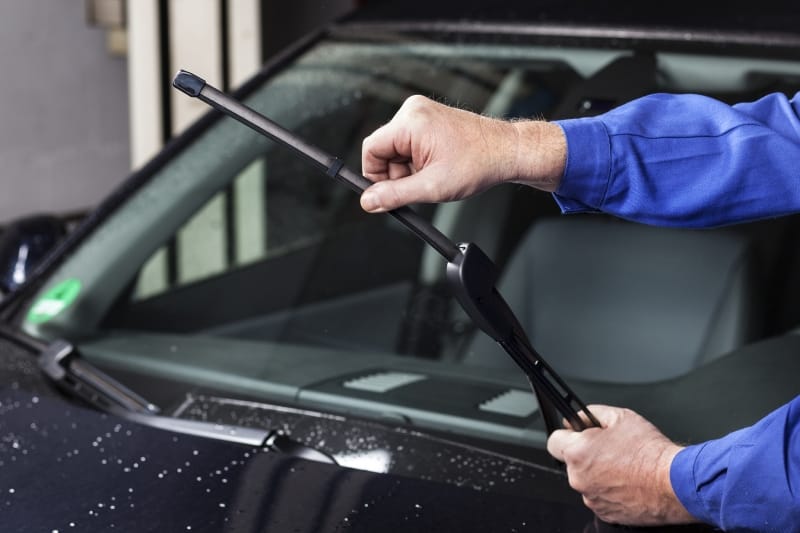
Service prices from:
$ 49
No one really wants to deal with belts during their car tune up checklist, but it must be done. Every time you work on your vehicle, you should also inspect your belts. If they need to be changed, now is the time.
Many people call the long rubber belts running under the hood a serpentine belt. It should snake through the alternator, power steering pump, and other components. The power steering belt is another one to examine, which operates similarly.
Aligning and installing these belts is different in each vehicle. If you begin to notice high-pitched squeaking, especially when you first start the engine or take a turn, you might need to inspect the belts. Belts typically don’t cost much. To install the belt, you can look inside the engine compartment for a diagram, but not every vehicle has one.
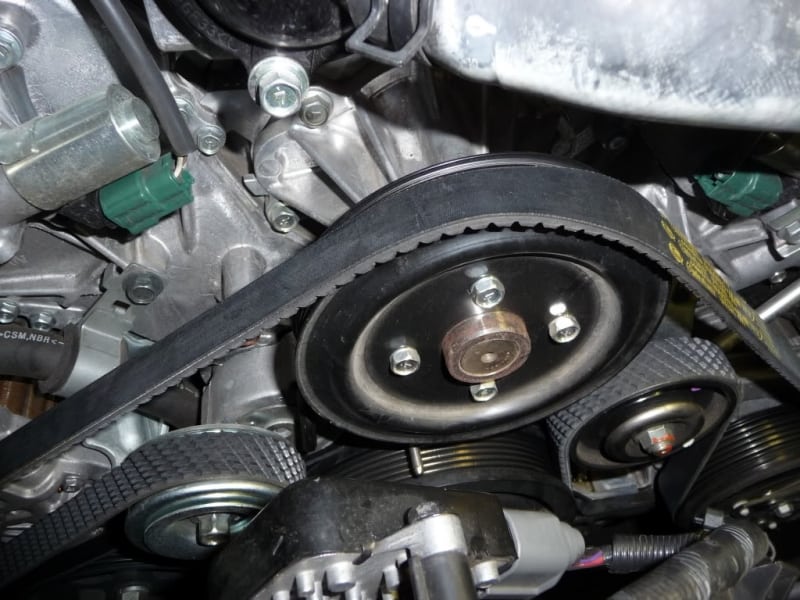
Service prices from:
$ 49
Consult your owner’s manual to determine where the air filter is in your vehicle. Most of them are found in a black casing or plastic container on the top or front of the engine. You’ll notice an air intake hose attached to the housing. Typically, it’s rectangular or square and approximately the size of a loaf of bread.
Sometimes, you can simply remove the air filter and clean it out. To do this, you’ll want to use compressed air and wipe it off. This often extends the life of the filter significantly which in turn, keeps your engine running efficiently.
Some air filters are extremely fragile, so it’s imperative you understand that a blast from the compressed air might blow a hole right through your filter. That’s why you should always have a spare on hand before you start cleaning.
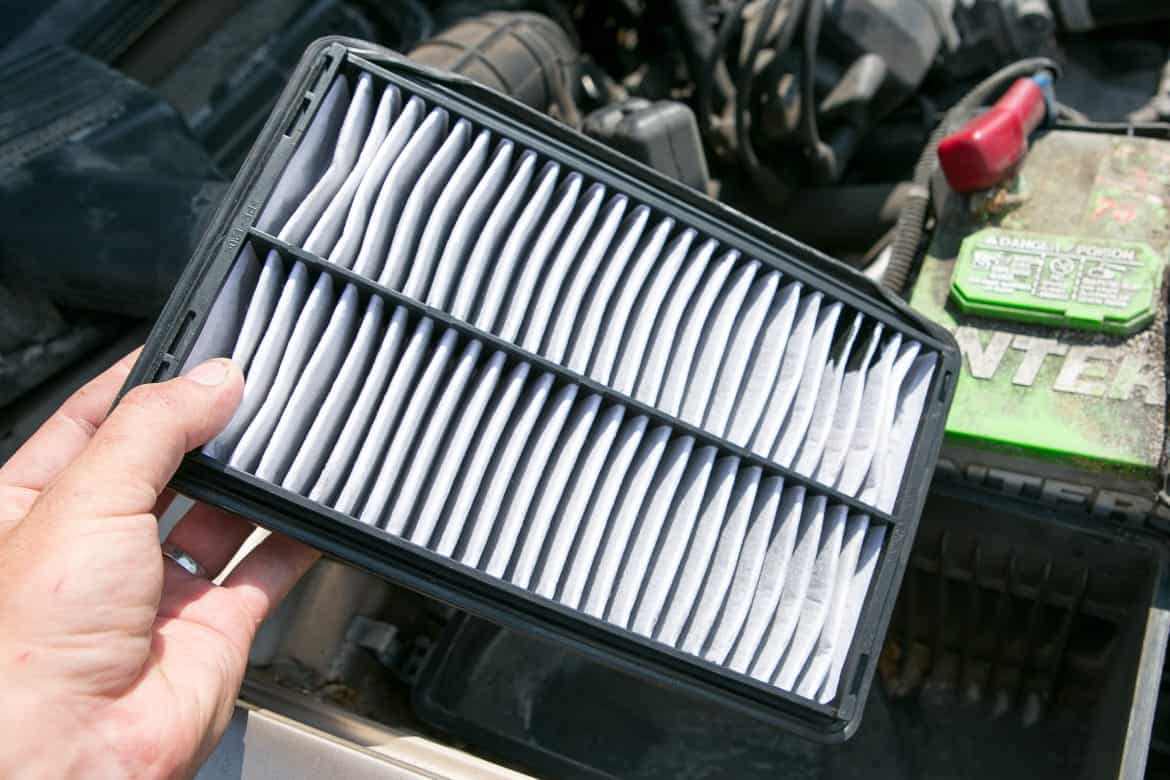
Service prices from:
$ 49
No one really wants to deal with belts during their car tune up checklist, but it must be done. Every time you work on your vehicle, you should also inspect your belts. If they need to be changed, now is the time.
Many people call the long rubber belts running under the hood a serpentine belt. It should snake through the alternator, power steering pump, and other components. The power steering belt is another one to examine, which operates similarly.
Aligning and installing these belts is different in each vehicle. If you begin to notice high-pitched squeaking, especially when you first start the engine or take a turn, you might need to inspect the belts. Belts typically don’t cost much. To install the belt, you can look inside the engine compartment for a diagram, but not every vehicle has one.

Service prices from:
$ 49
Many people don’t think to do this when examining their car tune up checklist, but they should. You want to inspect the lights on a regular basis to ensure functionality. You’ll need a friend to turn the signals and apply the brakes while you walk around the car.
You’ll also want to flash your high beams at the wall to ensure they are working properly. Sometimes, these need to be aligned better to ensure they illuminate the road properly. You want to see clearly at night to avoid accidents.
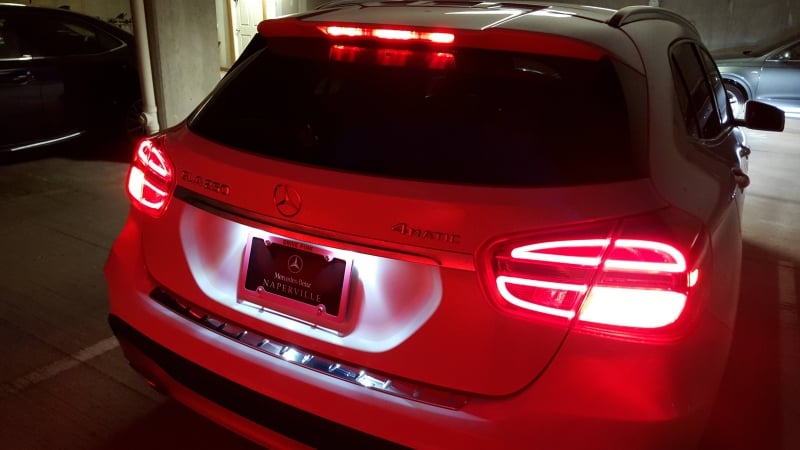
Service prices from:
$ 49
When you talk about a car tune up checklist, it’s common to automatically think about the spark plugs. These should be checked at regular intervals and replaced when needed.
Spark plugs are essential to fuel combustion, so you want them in top working order. Any spark plug failure could cause your engine to stall.
Consult your service manual to determine the proper procedure of replacement for your vehicle.
Considering the cheap cost of spark plugs, it’s better to replace them regularly, and replace the whole set at once rather than just one at a time. As engine components go, these are cheap, and replacing them is a very easy job.
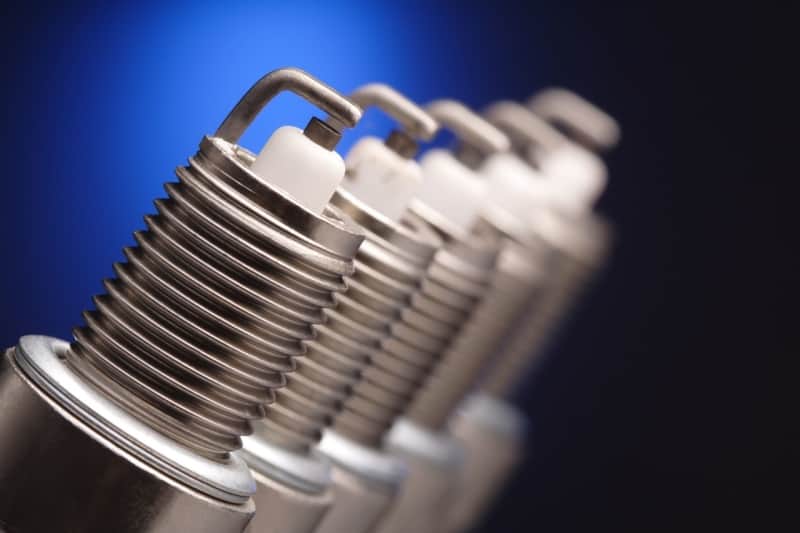
Service prices from:
$ 49
As the last aspect to our car tune up checklist, you’ll want to consider adding fuel injector cleaner every 15,000 miles. It’s easy to find decent cleaners as they are available at most auto parts stores. If you haven’t done this yet, you can start at any time. Just keep track of your mileage, so you can get into a schedule with it for the future.
